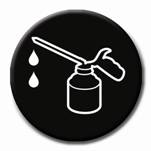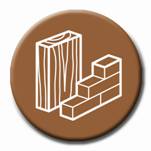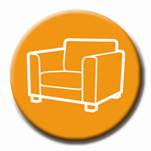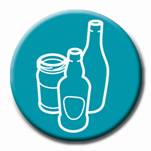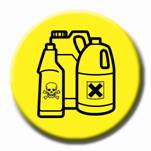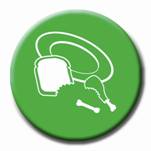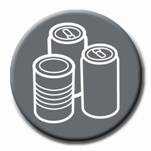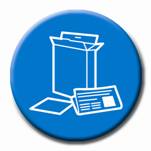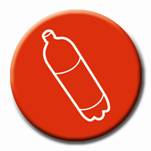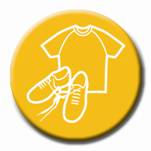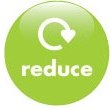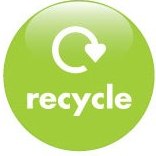Waste from A-Z | ||
| ||
| See the reduce and reuse pages for ideas. If you can’t reduce or reuse your item, try to recycle it. | ||
Got something you don’t know what to do with? Our catalogue of wastes describes how to best reuse, recycle, or dispose of your unwanted item. | ||
| | ||
| Automotive | Building materials | Electrical |
| Furniture and bulky | Glass and ceramics | Household hazardous |
| Kitchen and garden | Metals | Other |
| Paper and cardboard | Plastic | Textiles |
| Reducing waste | Reusing waste | Recycling waste |
| | ||
Top Ten Tips to RRR | ||
| 1 - Reuse packaging like bottles and tubs for lunches, freezing portions, or in the garden. 2 - Use envelopes / scrap paper for shopping lists or messages 3 - Avoid disposable items like plastic cups and plates 4 - Buy second hand from online auctions or charity shops 5 - Donate or resell unwanted items 6 - Buy recycled products (close the loop) e.g. loo roll, printer paper, even clothes! 7 - Use rechargeable batteries 8 - Use the kerbside recycling collections (glass, paper, food) 9 - Use the household waste recycling sites for other items that you can’t reuse 10 - Compost raw food waste at home | ||
| | ||
Page last updated on: 18/01/2010





